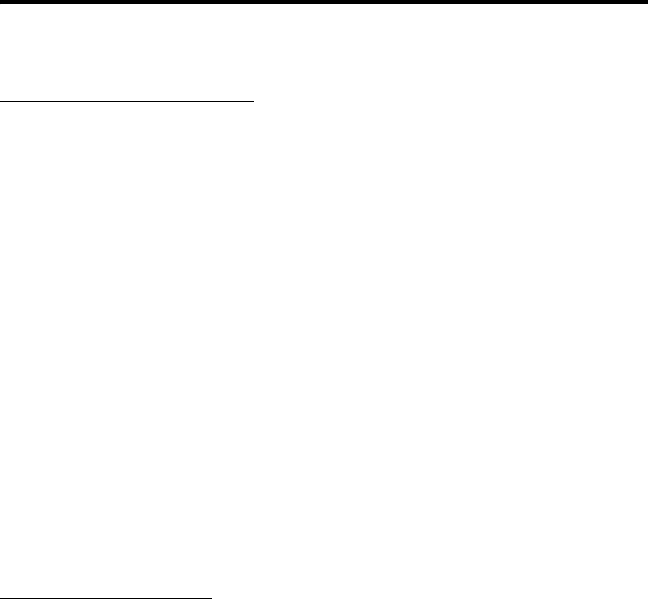
BASIC OPERATION
24
LTR-Net and LTR Operation
The LTR-Net and LTR modes provide automatic channel selection
and monitoring before transmitting. Special tones and display messages
indicate busy and out-of-range conditions, and telephone calls can be
placed almost as conveniently as with your home telephone.
Selecting a system selects a collection of up to 99 groups. Selecting
one of these groups selects an ID code which determines the type of call
(standard group, telephone, or special), the specific mobile or mobiles is
being called (if applicable), and what calls are received. In addition,
higher priority calls may be received (see page 45).
The LTR-Net operating mode provides the most operating features.
Exclusive LTR-Net features include roaming and Unique ID and Directed
Group calls. When operating in LTR-Net sites, calls may be made to
mobiles in other sites as well as the current site. LTR-Net and LTR
features are described starting on page 45.
Conventional Operation
In the conventional mode, selecting a system selects a conventional
channel, and selecting a group selects the special Call Guard squelch
coding (if used) and other unique parameters on that channel such as call
indicator operation. The Call Guard coding determines the mobile or group
of mobiles being called and also the mobiles from which calls are received
(see “Call Guard Squelch” on page 51).
In the conventional mode, a busy condition is detected automatically
if the Transmit Disable On Busy feature is used. Otherwise, it must be
detected manually as described in “Monitoring Before Transmitting” on
page 49. Unsuccessful access conditions cannot be detected with conven-
tional signaling, so are not indicated by special tones or display
messages. Refer to “Operation At Extended Range” on page 60 for infor-
mation on how to determine if an out-of-range condition may exist.


















